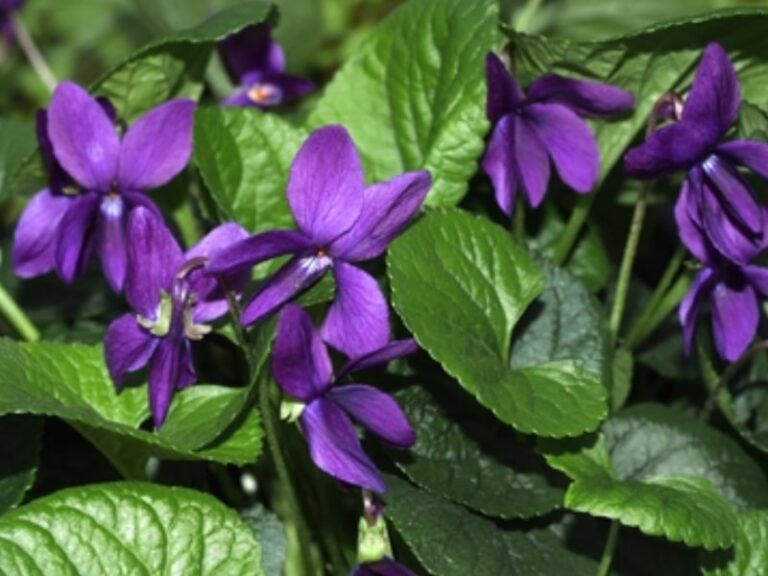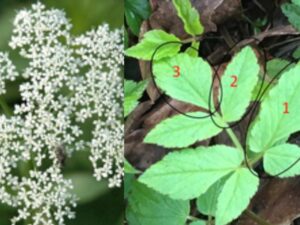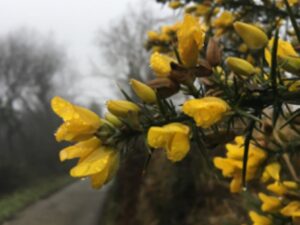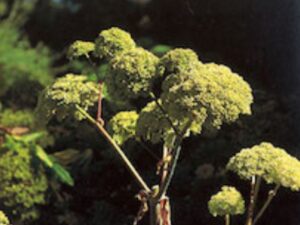Sweet Violet – Viola odorata
These days, as always, they are not so easily found. Dog violets aplenty, but these are bigger and have no smell, nor the healing virtues of our dear sweet violet.
This plant is one of the true native plants of Britain, found in waysides, hedgerows and woodland. Leaves and flowers are collected from March to April, and roots in the autumn.
Medicinally, sweet violet plays an important part in modern herbal medicine. The leaves and flowers are a gentle expectorant, and have a soothing action on the lungs; they also induce a light sweating action to aid in fevers and are oftern used to make a gentle syrup for coughs and respiratory disease. It is also used in skin complaints such as eczema and has a long-term use for rheumatism and urinary complaints. In British herbal medicine, this unique plant is specifically used to treat breast and stomach cancer, especially post-surgery to prevent the spread of cancer. The root is surprisingly stringy and tough for such a fragile-looking plant, and is used as a stronger expectorant.
Violet is a plant that reminds us herbalists “of the pleasure in the art as well as the science of medicine” (Gerard).
In folklore, to dream of violets meant an improvement in fortune, and when worn around the neck, they were thought to prevent drunkenness. Due to their heady smell, they were also widely used in love potions, and in the language of flowers they represent modesty.
The beautiful scent of violets has an ancient use in perfumery – Devon violets, I think, are amongst the best quality.
In history, the Bonapartists used violet as their emblem, for it was said that Napoleon would return to France with the violets in spring. The French do also make the most excellent violet syrup!
This time of year we can dip sweet violets and other delicate fresh spring flowers in sugar, and decorate Easter cakes and desserts with them, as well as gracing our festive spring tables with beautiful fragrant posies. Oh, happy days! Welcome Spring.
Jayne
And finally
Here is another beautiful poem from my good friend Nadia Kingsley:
A Tip, on Finding a Sweet Violet
Butterfly alights on purple flower,
that lolls above her loved-up leaves.
He tucks his orange tips behind.
Confirms the find with tasting feet.
He doesn’t know that Shakespeare too
became seduced by her perfume.
He doesn’t know Victorian men
have used this plant as their emblem.




